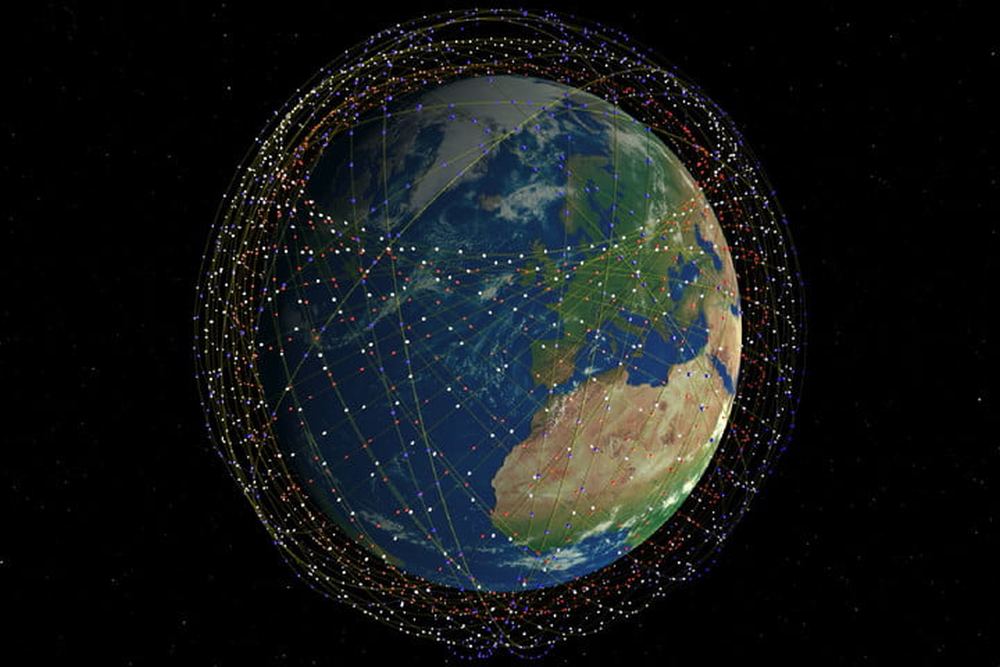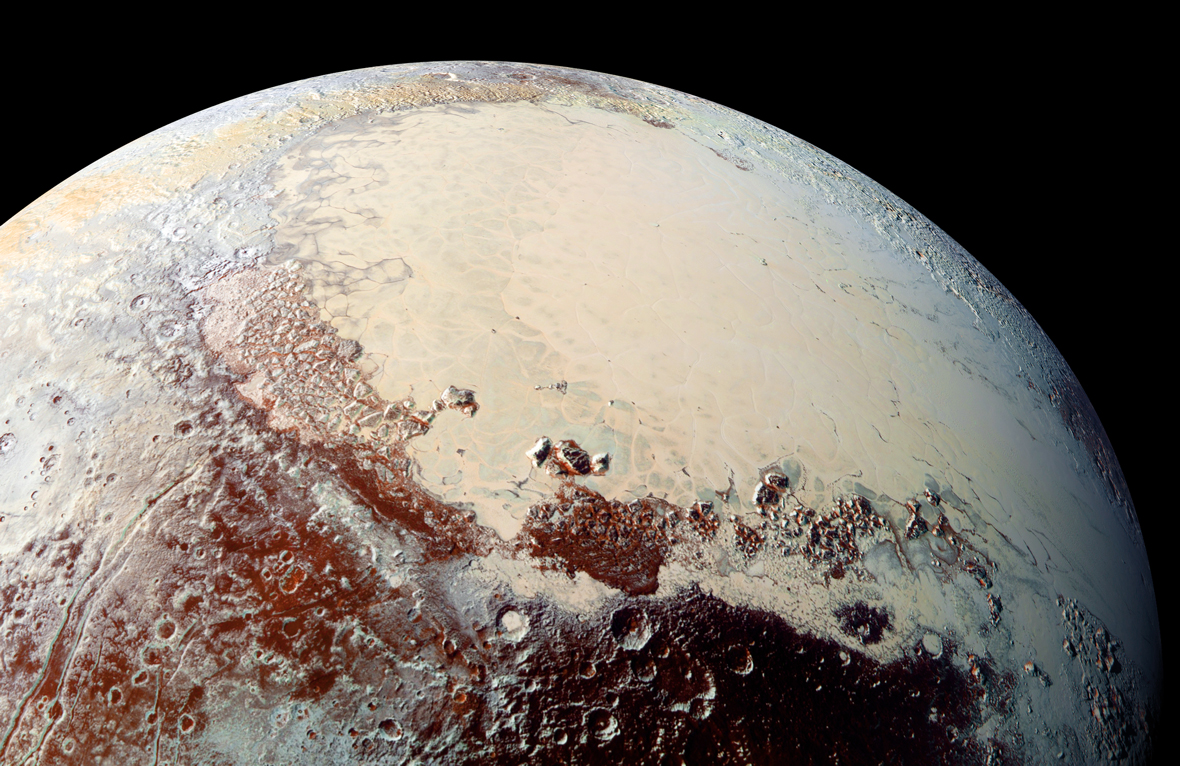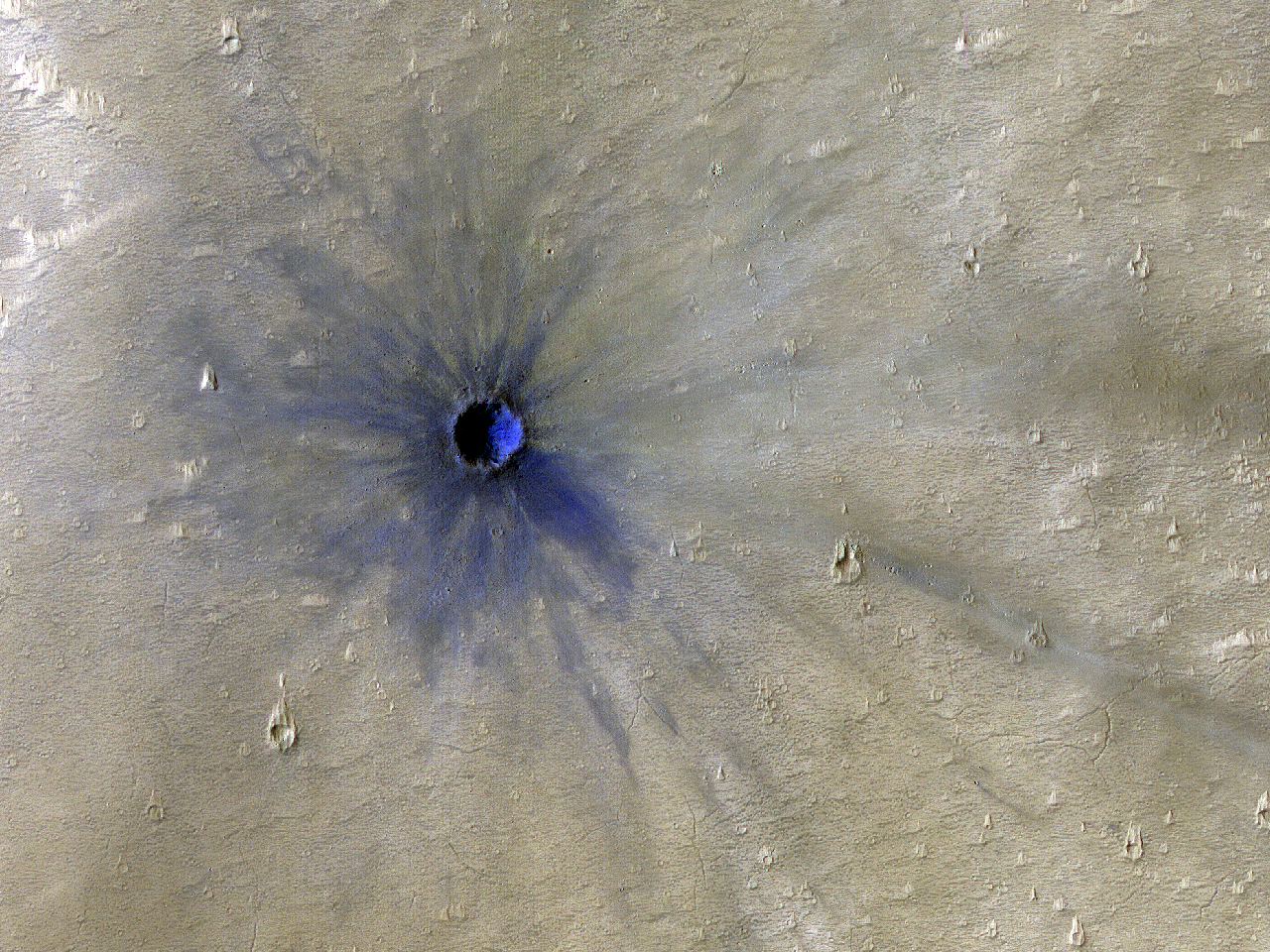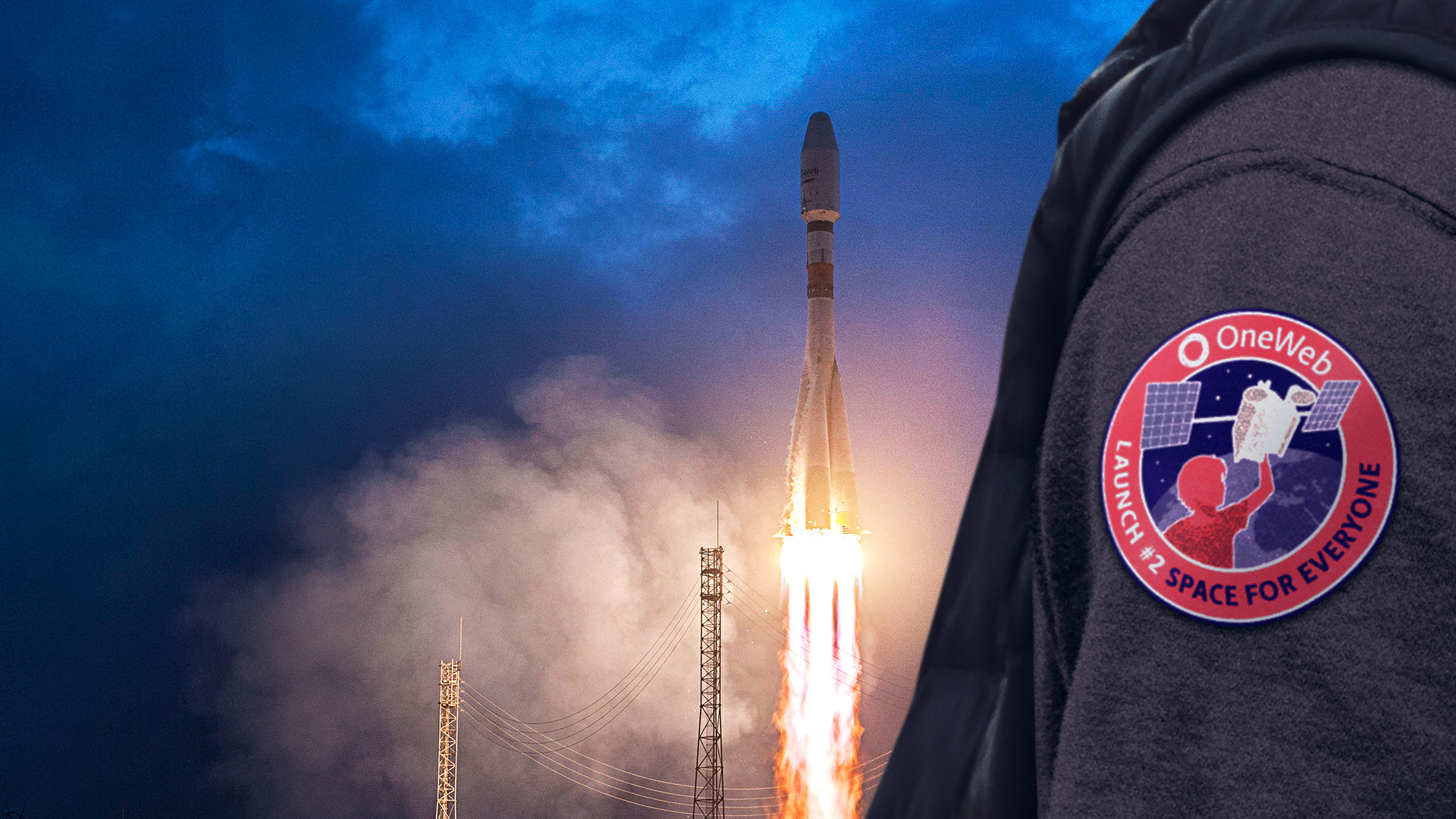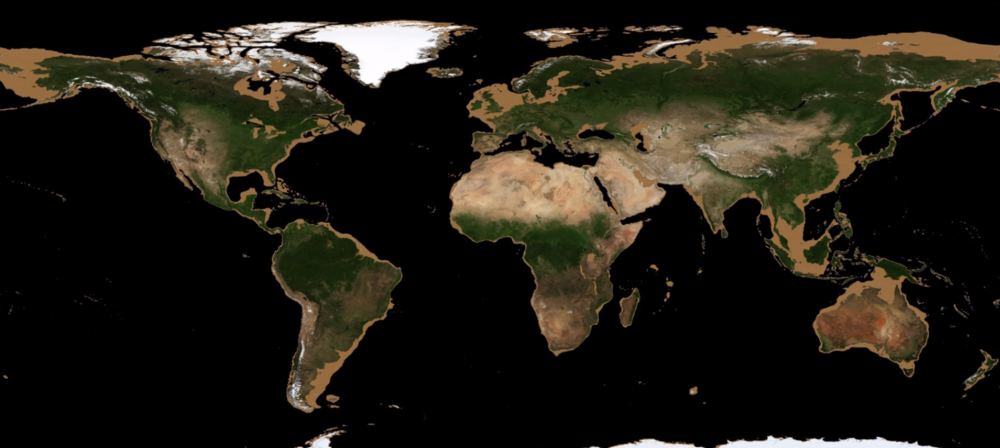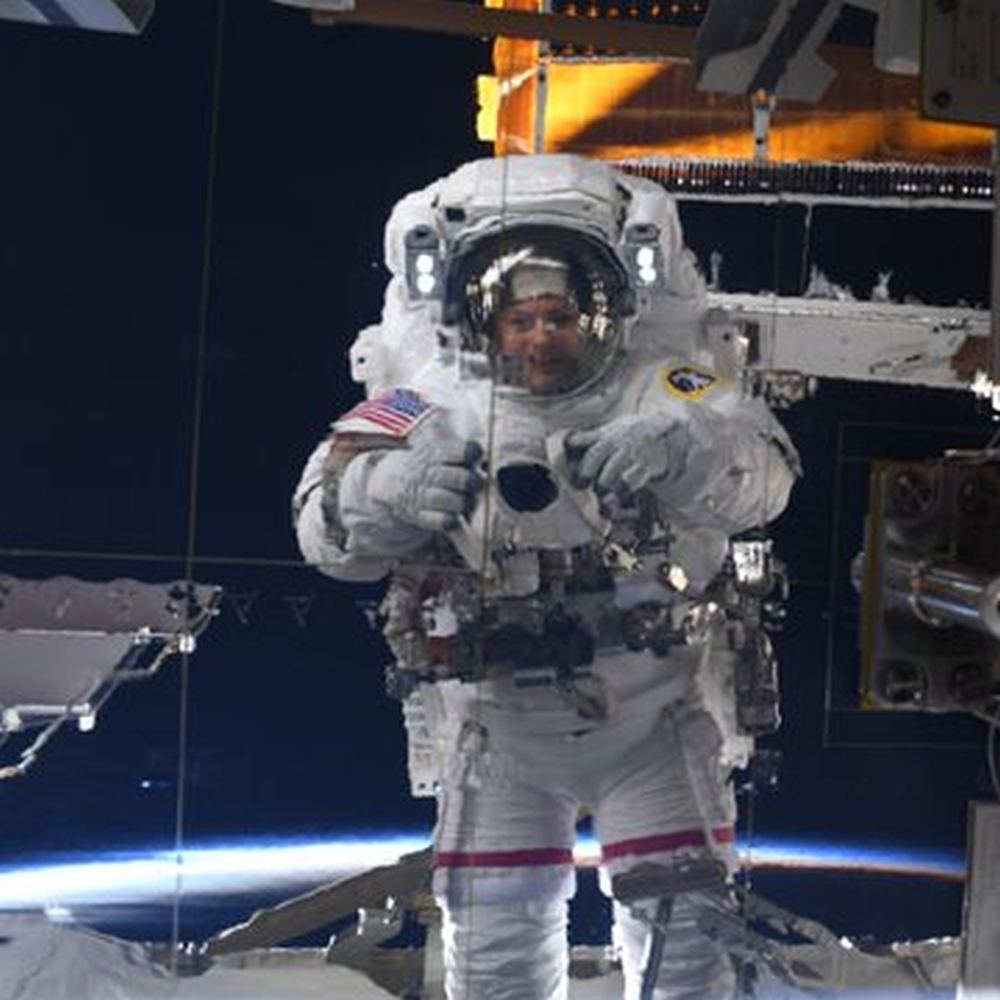Earth and Pluto don’t have much in common. Earth is a vibrant, living world, whereas Pluto is cold, distant and lifeless. But one thing they do have in common is nitrogen. Earth’s atmosphere is about 78% nitrogen, and Pluto’s primary atmospheric constituent is also nitrogen, although the exact percentage is unclear.
On Pluto, where the surface temperature is about 42 Kelvin (-231 Celsius) most of that nitrogen is frozen. A new study says that Pluto’s frozen nitrogen drives the planet’s winds, and shapes its feature surfaces.
Continue reading “There Are Winds Blowing On Pluto, Driven by Frozen Nitrogen”


